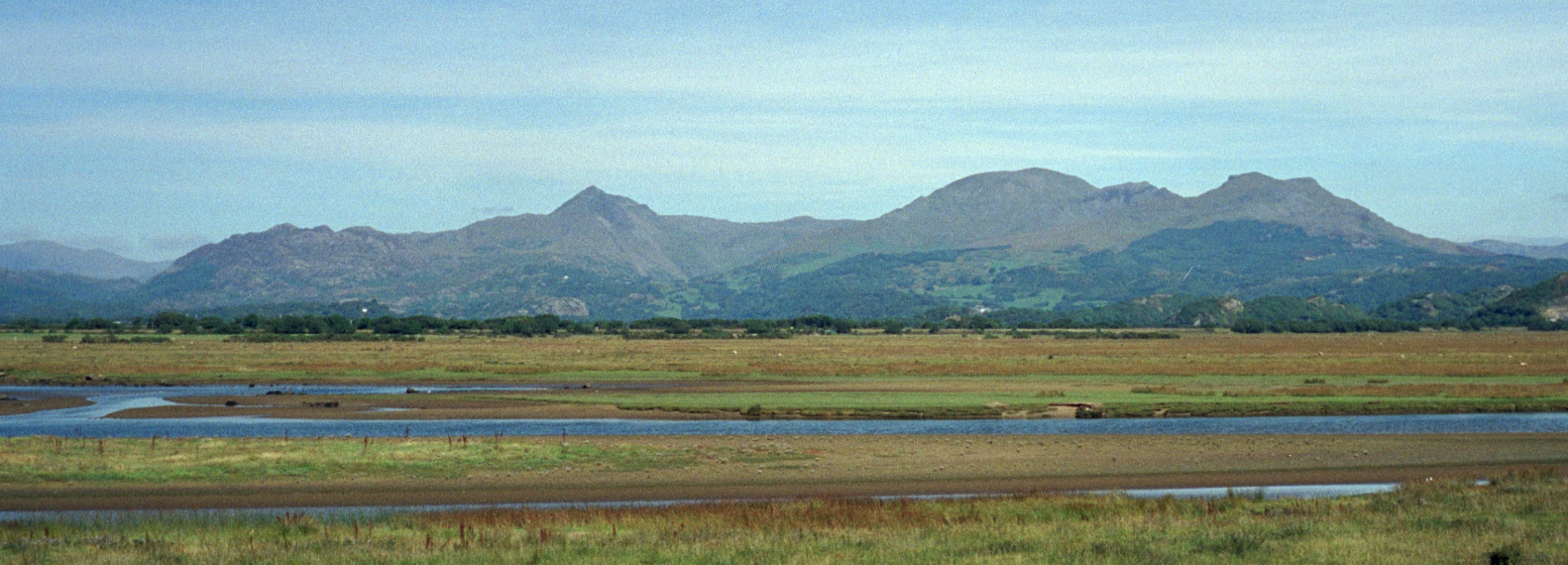Thinking nothing of walking long distances
How far is too far to walk?
Author Charlie Stross observed that British people in the early nineteenth century, prior to train travel, walked a lot further than people today think of as reasonable.
I’ve noticed a couple of literary examples of this seemingly extreme walking behaviour, both of which took place in North Wales.
Headlong Hall
In chapter 7 of Thomas Love Peacock’s satirical novel, 📚Headlong Hall (1816), a group of the main characters takes a morning walk to admire the land drainage scheme around the newly industrial village of Tremadoc, and they walk halfway across Eryri to do so, traversing two valleys and two mountain passes. The main object of their interest is The Cob, a land reclamation project that was later to become a railway causeway. Having seen it, and having taken some refreshment in the village, they walk straight back again.

Image: The Moelwyn range, viewed from the Cob. Wikipedia CC sharealike 2.0
Wild Wales
You’d think the invention of the railways would have put people off walking such long distances, but apparently not so much. In his travel account, 📚Wild Wales (1862), George Borrow walks from Chester 18 miles to Llangollen, then walks another 11 miles to Wrexham just to fetch a book. Interestingly, he was writing after the railways had arrived. He was happy to put his wife and children on the train - but still walk the journey himself.
Real life
I would have believed these feats of everyday walking were improbable, except for the fact that when I was a child, a man in our village, Mr Large, walked every day to and from Chester, a round trip of 26 miles. He didn’t need to do it. He was in his eighties and well retired, and he could just have walked two miles to the bus stop. But apparently you don’t break the habits of a lifetime. Everyone in the village must have offered him a lift at one time or another, but he’d made it known that he preferred to walk. So having observed Mr Large regularly tramping the back lanes with determination, I already knew a long utility walk is more than possible.
These days, people rarely get out of their cars, convinced as they are that progress has been made. Walking is a problem, it seems, not a solution. And yet, on holiday, some people do long walks or even very long walks. For fun.
Oh brave new world that has such people in it!